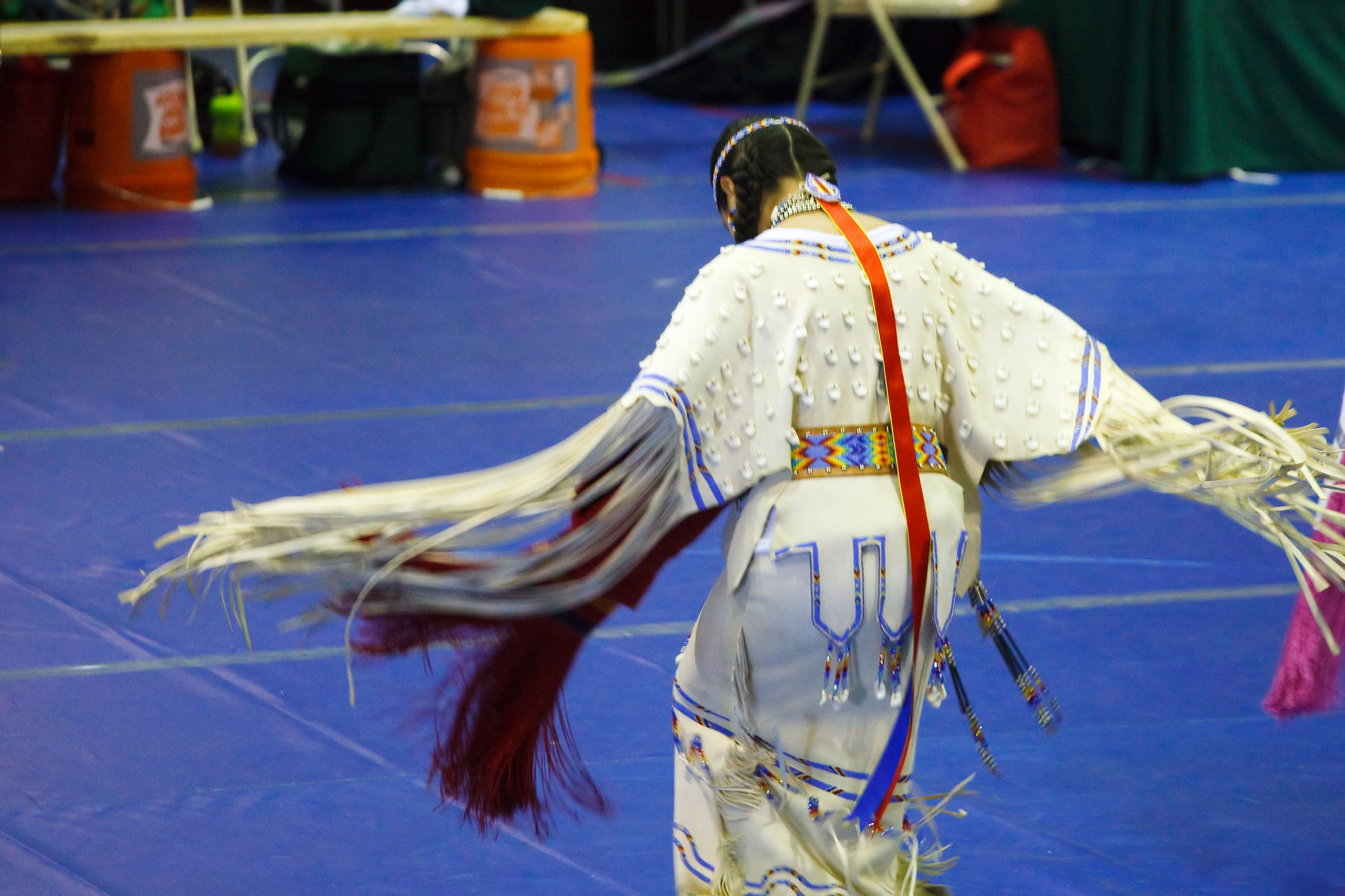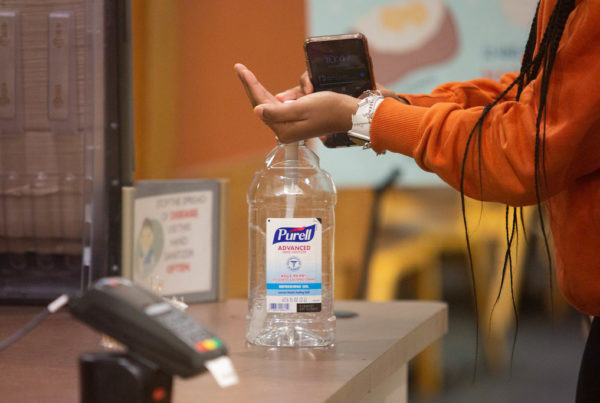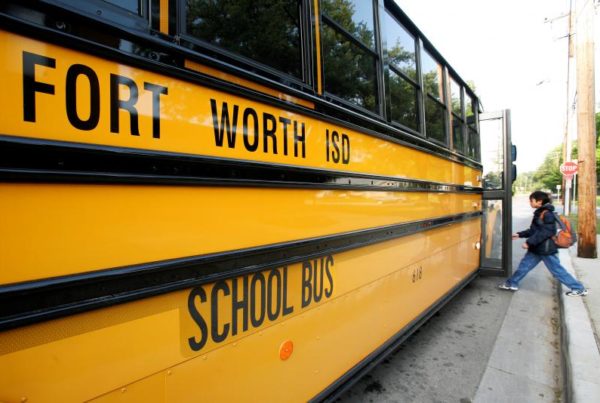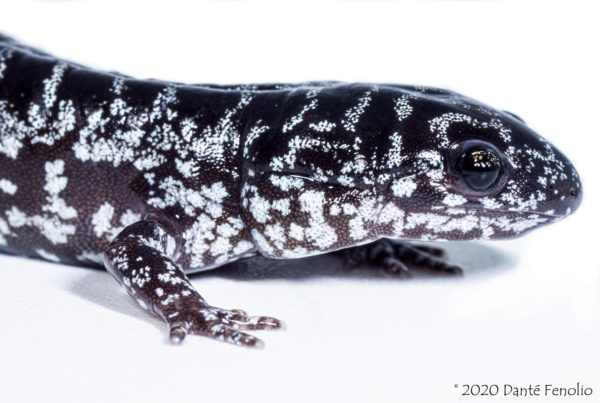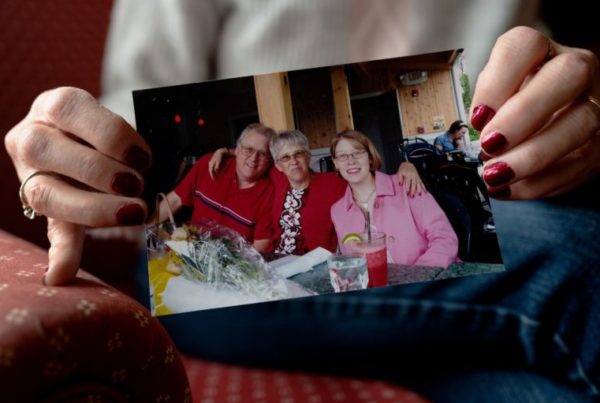For some children, princesses are an obsession. Many outgrow that obsession, but for many others, the fascination with princesses and the idea of royalty persists into adulthood. Take Americans’ fixation with Meghan Markle and Prince Harry: over 29 million Americans watched their wedding on TV, and U.S. tabloids seem to track their every move.
Jennifer Graber is a professor of religious studies and is associate director of the Native American and Indigenous Studies program at the University of Texas at Austin. She says the fascination is often tied to our culture’s roots with Europe. She says there’s irony in the American obsession with princesses and royalty, when there is no such thing here. While many people are committed to the American political experiment, saying, “It’s not right to have princesses,” and “We are going to be against royal prerogatives,” we still love their “pretty dresses,” she says.
America does have its own version of princesses, but it has a complicated history. Most people know about Pocahontas. But Graber says there are other stories about nameless Native American women that are often fictionalized and idealized creations of what a so-called Indian princess is. Often, they marry white men and they help make peace with settlers on terms beneficial to those settlers.
That depiction was spread widely through the media and popular culture, she says. The image of an Indian princess was on tobacco and cigar products, for example.
There was also a “shadow” side of the concept, Graber says – one that portrayed Native American women as overly sexual and who stubbornly resisted change that came with colonization.
But Graber says Native American communities started to reclaim the concept of the Indian princess, especially as powwow culture emerged in the early 20th century. Now, there are contests and pageants in Native American communities in which they name a princess, but on their terms. These princesses are recognized for upholding their community’s ideals and helping that community persist.
Written by Joy Diaz.


